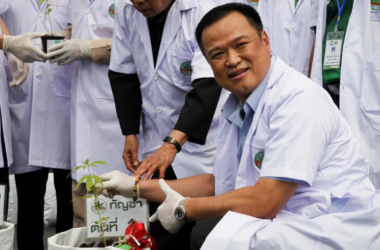A recent comprehensive study has brought to light a startling reality, exposing the presence of over a million individuals residing in concealed pockets of poverty throughout England. The findings shed a revealing light on the often-overlooked socioeconomic challenges faced by these communities, urging a reevaluation of poverty metrics and targeted interventions to address the specific needs of these hidden populations.
The study, conducted through rigorous research and data analysis, uncovers the intricate dynamics of poverty that persist below the radar in various regions of England. These hidden poverty pockets, characterized by economic deprivation, lack of resources, and limited access to opportunities, paint a nuanced picture of the challenges faced by individuals and families striving to make ends meet.
Researchers involved in the study emphasize that conventional poverty metrics may fail to capture the true extent of economic hardship experienced by these communities. The hidden nature of their struggles underscores the importance of employing more nuanced and localized approaches to effectively identify and address the multifaceted issues contributing to their economic vulnerability.
Among the key factors contributing to the prevalence of hidden poverty are job insecurity, insufficient social support structures, and disparities in educational opportunities. These challenges create a complex web of interrelated issues that necessitate targeted interventions tailored to the specific needs of each community.
It is crucial to note that the study’s findings are based on a comprehensive and methodologically sound examination of socioeconomic indicators, providing a credible basis for the reported figures. The researchers assert that the goal is not merely to quantify hidden poverty but to initiate a broader conversation about the structural and systemic factors perpetuating economic disparities in these overlooked communities.
The revelation of over a million individuals living in obscured poverty pockets serves as a wake-up call for policymakers, social organizations, and communities alike. Addressing these hidden challenges requires a multifaceted approach that combines economic initiatives, social programs, and community engagement to empower residents and break the cycle of poverty.
In conclusion, the study’s disclosure of more than a million individuals residing in hidden pockets of poverty in England underscores the need for a reevaluation of how society perceives and addresses economic hardship. This revelation should prompt a collective effort to implement targeted strategies that go beyond conventional poverty metrics, ensuring that the unique challenges faced by these communities are acknowledged and effectively addressed. As awareness grows, it is hoped that this revelation will catalyze positive change and contribute to the creation of a more inclusive and equitable society.








